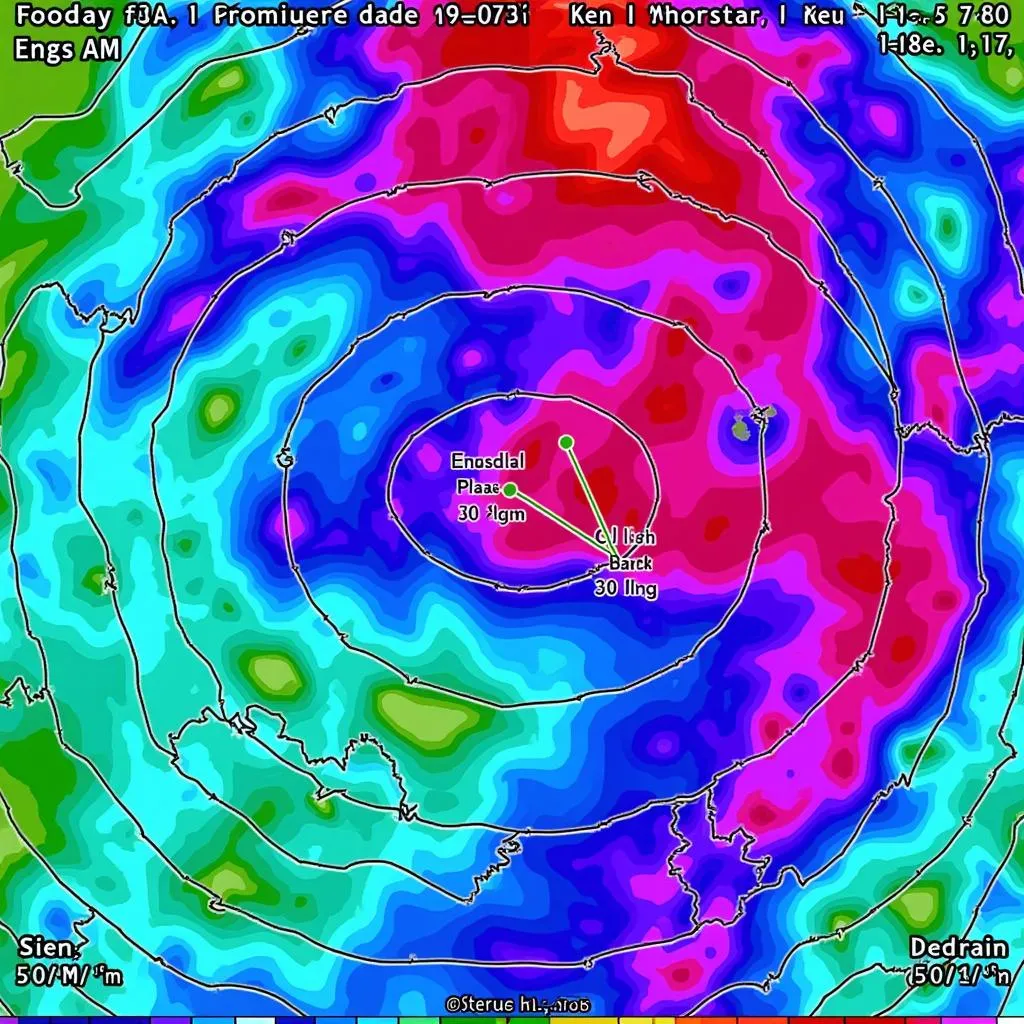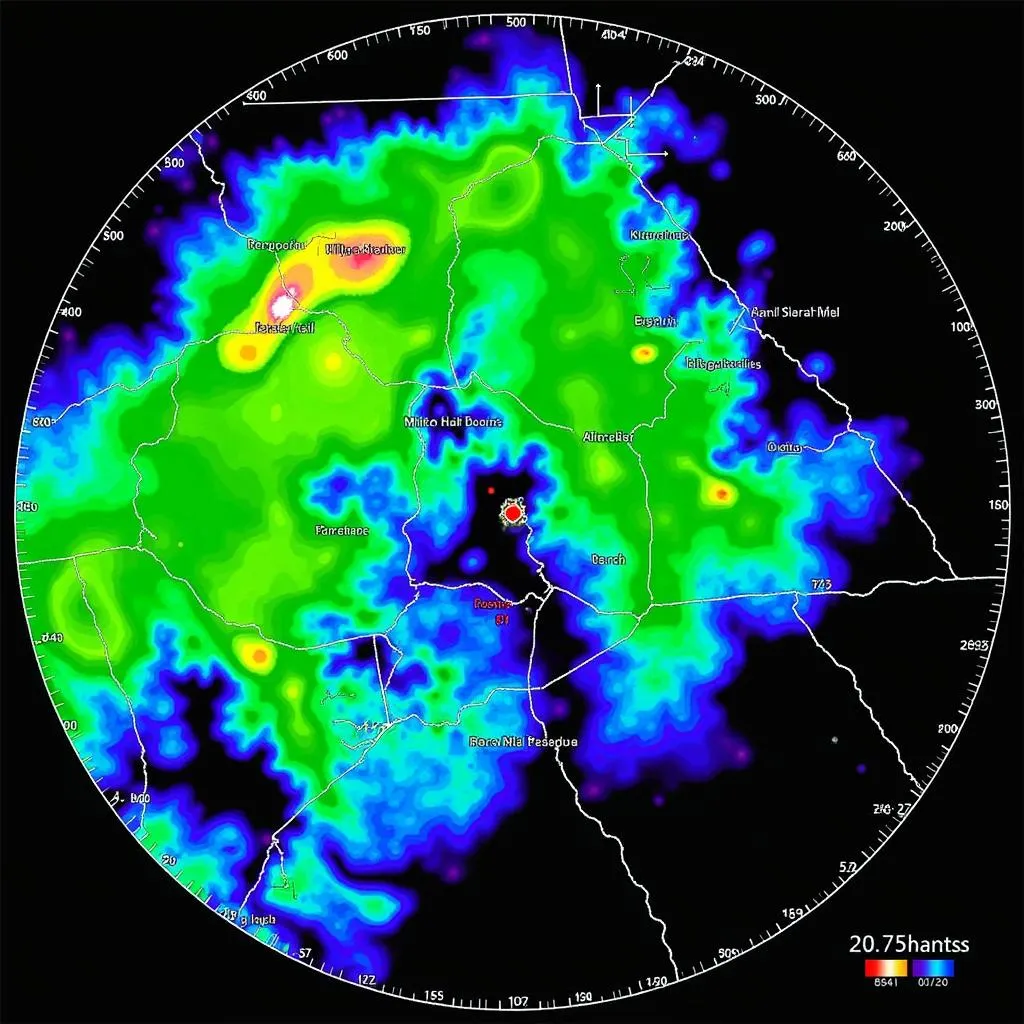Have you ever glanced at a weather radar screen and noticed bright, often alarming colors representing approaching storms? You know to look for rain, snow, or even a mix, but what about hail? Understanding how hail appears on radar can be crucial for preparing for severe weather.
Deciphering the Radar Rainbow: How Precipitation Type is Shown
Weather radar doesn’t directly “see” rain, snow, or hail. Instead, it emits radio waves that bounce off precipitation particles in the atmosphere. The strength of the return signal, called reflectivity, is translated into different colors on the radar display. Higher reflectivity generally indicates larger and/or denser precipitation particles.
- Green and Blue: Typically represent light rain or snow.
- Yellow and Orange: Indicate moderate to heavy rain, or possibly a mix of rain and snow.
- Red and Purple: Signify the strongest reflectivity, often associated with heavy rain, large hail, or a combination of severe weather elements.
 Weather radar showing hail
Weather radar showing hail
So, What Color is Hail?
Here’s the tricky part: there isn’t one specific color for hail on radar. Hail is often associated with the red and purple colors due to its size and density, which lead to high reflectivity. However, these colors can also indicate heavy rain or a mix of precipitation types.
Factors Affecting Hail Detection on Radar
- Size and Density: Larger, denser hailstones reflect more of the radar signal, resulting in higher reflectivity and brighter colors.
- Elevation: Radar beams scan at an upward angle, so hail high in the atmosphere might not be fully detected or could be mistaken for weaker precipitation at a lower altitude.
- Distance from Radar: Radar beams spread out with distance, potentially leading to weaker returns from hailstorms farther away.
Looking Beyond Color: Other Radar Clues for Hail
While color is important, meteorologists use additional radar data to identify hail:
- Vertically Integrated Liquid (VIL): Estimates the total mass of liquid water in a vertical column of the atmosphere, higher values can suggest the presence of hail.
- Storm Structure: The shape and movement of a storm on radar can also provide clues about the potential for hail.
- Dual-Polarization Radar: Newer radar technology helps distinguish between different precipitation types, including hail, by emitting and receiving both horizontal and vertical pulses.
 Dual-polarization radar showing hail
Dual-polarization radar showing hail
Don’t Rely on Color Alone!
Remember, radar color is just one piece of the puzzle. Always consult with reliable weather sources and heed severe weather warnings to stay safe during hailstorms.
